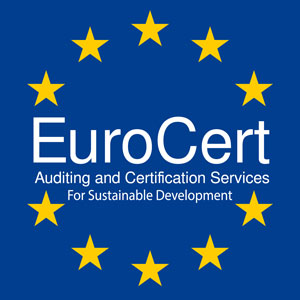ver the past 20 years, green construction has gone from a niche enterprise to a major driver of new business. But in 2016, erecting sustainable, profitable green buildings will no longer be enough to stand out. Buildings will also be expected to directly contribute to the health and wellbeing of the people who live, work and learn inside them. For buildings, healthy will become the new green.
The performance of a green building – be it energy usage, water efficiency or just lower utility bills – is important to companies looking for rental space. As this healthy revolution emerges, more of these commercial renters will start concerning themselves with a building’s impact on the performance of the humans who use it every day.
There’s already some evidence to suggest healthy buildings have positive effects on the businesses and workers who occupy them. In a recently released peer reviewed study, researchers from Harvard’s Center for Health and the Global Environment found that a building’s air quality can affect the quality of its residents’ thinking. The study demonstrated that exposure to common indoor pollutants, such as carbon dioxide and volatile organic compounds (VOCs) that are found in everything from paint to carpets, can affect cognitive functions. The researchers wrote: “For seven of the nine cognitive functions tested, average scores decreased as CO2 levels increased to levels commonly observed in many indoor environments.”
At the same time, researchers found that, on average, environments with better ventilation doubled their participants’ performance, especially in critical areas such as crisis response, strategy and information usage.
As the connection between where you work and how well you work becomes better established and understood, companies that hope to differentiate themselves as employers of choice will focus on healthier buildings for their employees.
Sustainability will mean transparency
Think about the room you’re in right now: you might be sitting on a couch or a chair treated with flame-retardant chemicals that are linked to memory loss or fertility problems. Your carpet might be emitting more of those VOCs, leading to throat irritation or headaches. Your wood floor might be off-gassing formaldehyde. Almost every product in your room contains chemicals that even manufacturers don’t know about or don’t completely understand. And many of these chemicals have health impacts that we have hardly begun to study.
Fortunately, transparency is coming to the building industry. Already, there has been a push for more environmental product declarations, health product declarations and other labels that disclose the makeup of building materials, along with their environmental and human health concerns. And as these standardized reporting measures become more commonplace, so too will the use of materials that prove to be less hazardous to our health.
Rating your building – and your healthWE
As healthy buildings become more mainstream, market-based rating systems such as the Well Building Standard, developed by Delos, will help businesses and building professionals use health and wellness to differentiate their spaces. The first protocol to focus specifically on health in building construction, it prescribes technology enhancements and performance-based measures in seven categories: air, water, nourishment, light, fitness, comfort and mind.
Formally launched in 2014, the Well standard is administered by the International Well Building Institute, a B Corp – meaning it has been certified as providing social and environmental benefits beyond the financial bottom line – that has partnered with the Green Building Certification Institute to provide third-party certification. More than 20m square feet of real estate in 12 countries across five continents are now Well certified or registered, according to Well’s website.
As the world continues to focus on sustainability for the sake of the planet, our definition of environmental sustainability is moving beyond flora and fauna to include the humans in the ecosystem as well. And there is no better front line than the buildings where we spend most of our time. In the coming year, buildings will no longer be considered green if they only do less harm. More of the places where we live, work and learn will begin to actively and intentionally protect and restore our health.


